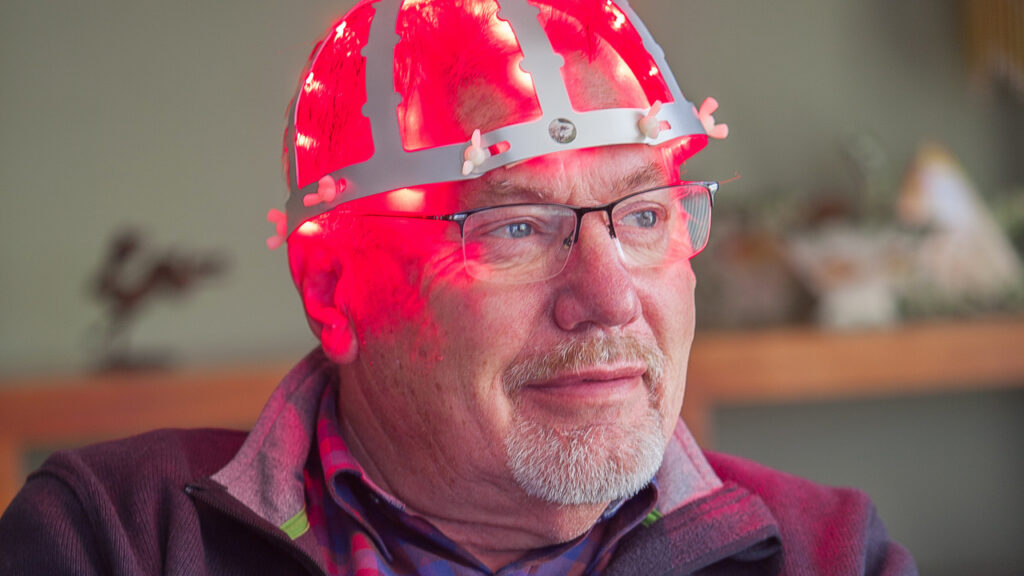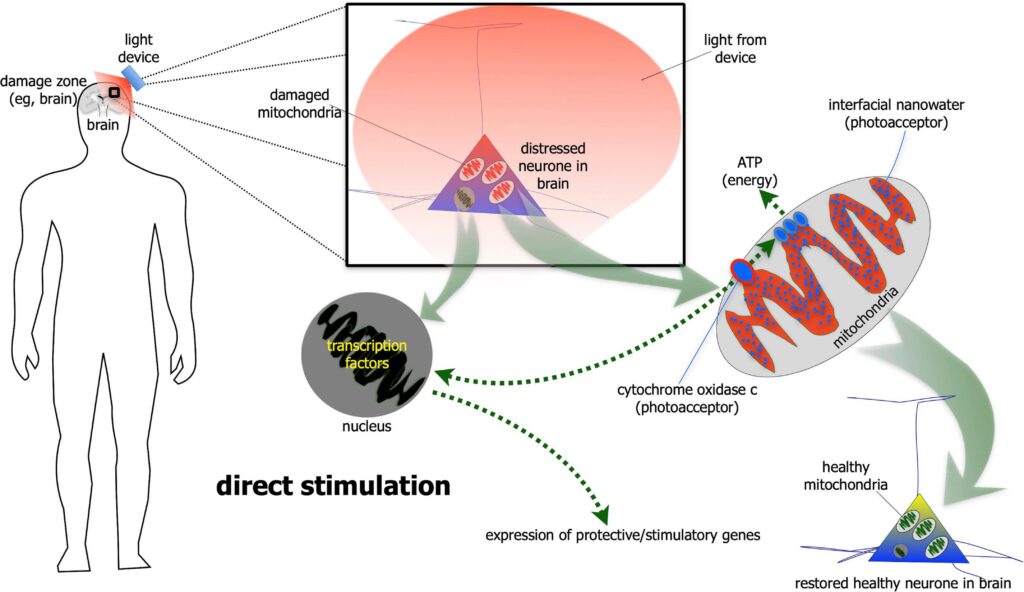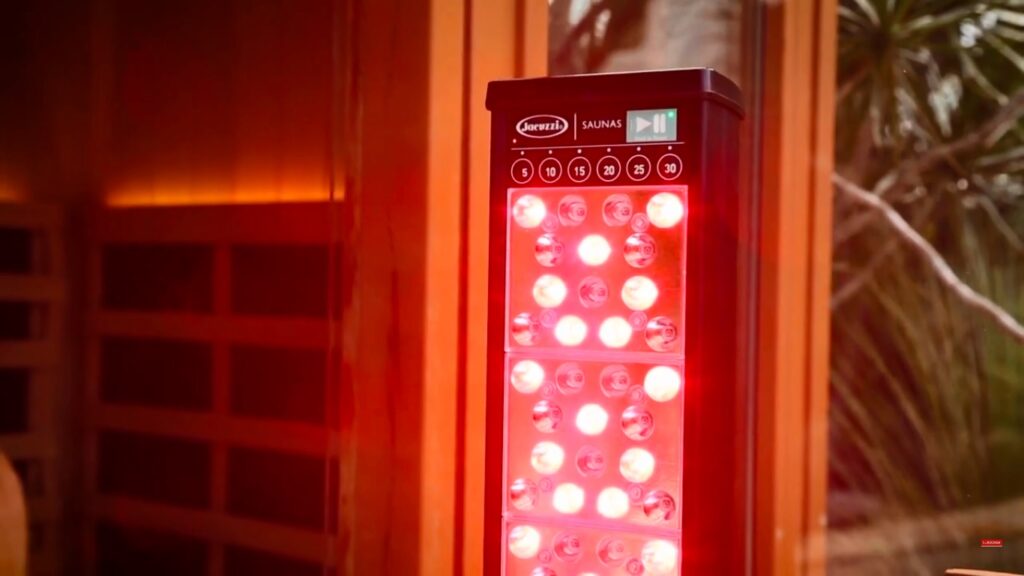Background
Red light therapy is also known as photobiomodulation (PBM). This therapy is the application of red and near-infrared light to reduce inflammation, promote regeneration, enhance immune resilience, and more. According to the PBM Foundation, “Over 100 million individual patient treatments and 700 successful clinical trials have proven PBM effective and safe. PBM equipment is FDA approved.”
There has been growing evidence that PBM can be utilized for neuroprotection, increasing cerebral metabolic function, and reducing neuroinflammation. This is all extremely relevant for Lyme patients, especially those with neuroborreliosis, who are dealing with brain fog, fatigue, headache, light sensitivity, fever, and more!

How Does It Work
PBM works by giving energy to your body’s cells. With more energy, active cells can work more efficiently and inactive cells may become active again.
Lyme patients may use the device to concentrate on areas that are sore or fatigued to help increase blood circulation to tissue. Red light therapy is also capable of reducing inflammation in cells, which is important for patients with excessive joint or brain swelling. Other benefits of Infrared and Red Light Therapy may include:
- Boosted immune system
- Stimulate mitochondrial activity
- Promote detoxification and relaxation
- Increased energy
- Glowing, younger look skin
- Alleviate pain and discomfort
- Optimized sleep
Patients with Lyme disease may find red light can become a vital component of a self-care routine. Infrared and Red light therapy is encouraged to be used consistently for optimal results.

Frequently Asked Questions
- Is red light therapy effective? Studies published so far show some potential for certain conditions. Many patients in our network have used this therapy and claimed benefits similar to those listed above. Most researchers say results look promising, but that more quality studies with larger numbers of people are needed to help this therapy become more widely accepted.
- Is red light therapy safe? Red light therapy is not associated with any side effects, at least if used short-term and as directed. This therapy is not toxic or invasive and does not use cancer-causing ultraviolet (UV) light. However, if products are misused there’s a chance your skin or eyes could be damaged if not protected. It is always best to speak with a doctor before beginning treatment.
- Are devices purchased for at-home use a viable option? At-home devices are generally safe to use, but they may use a lower wavelength frequency than devices that may be used by dermatologists or other trained skin professionals. If you do choose to purchase a red light therapy device, make sure to shield your eyes for protection, follow all directions, and take good care of the device.





